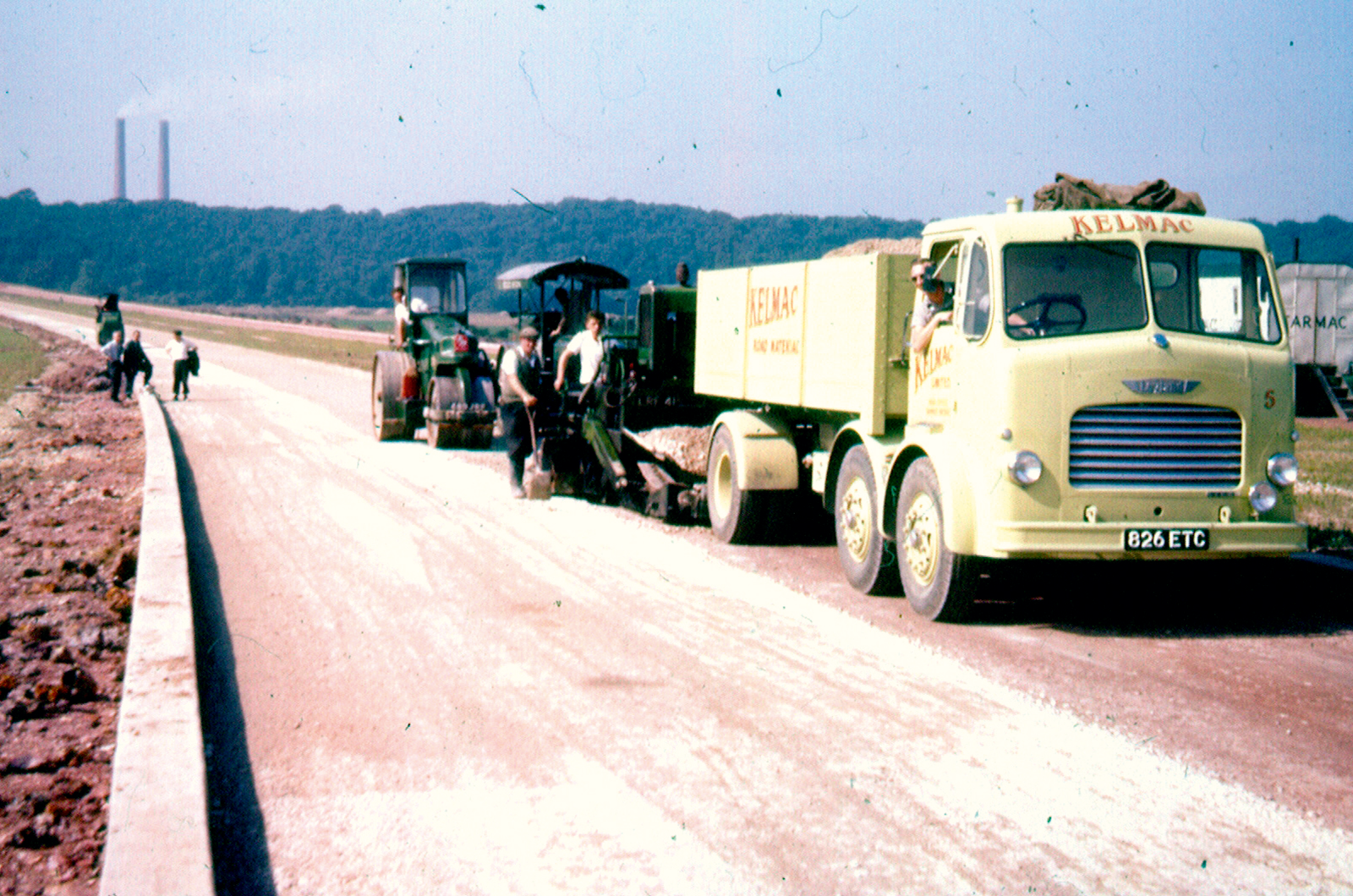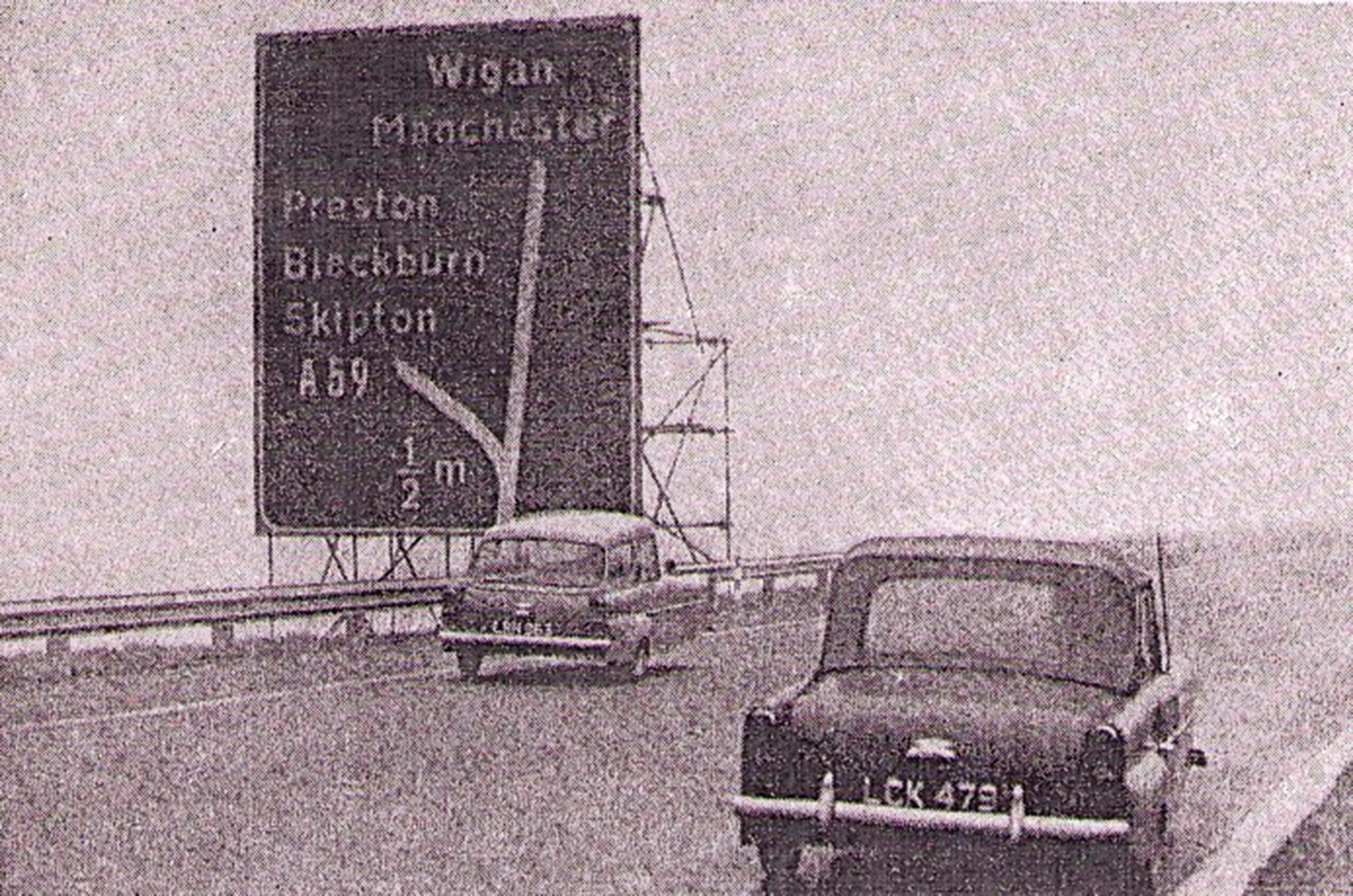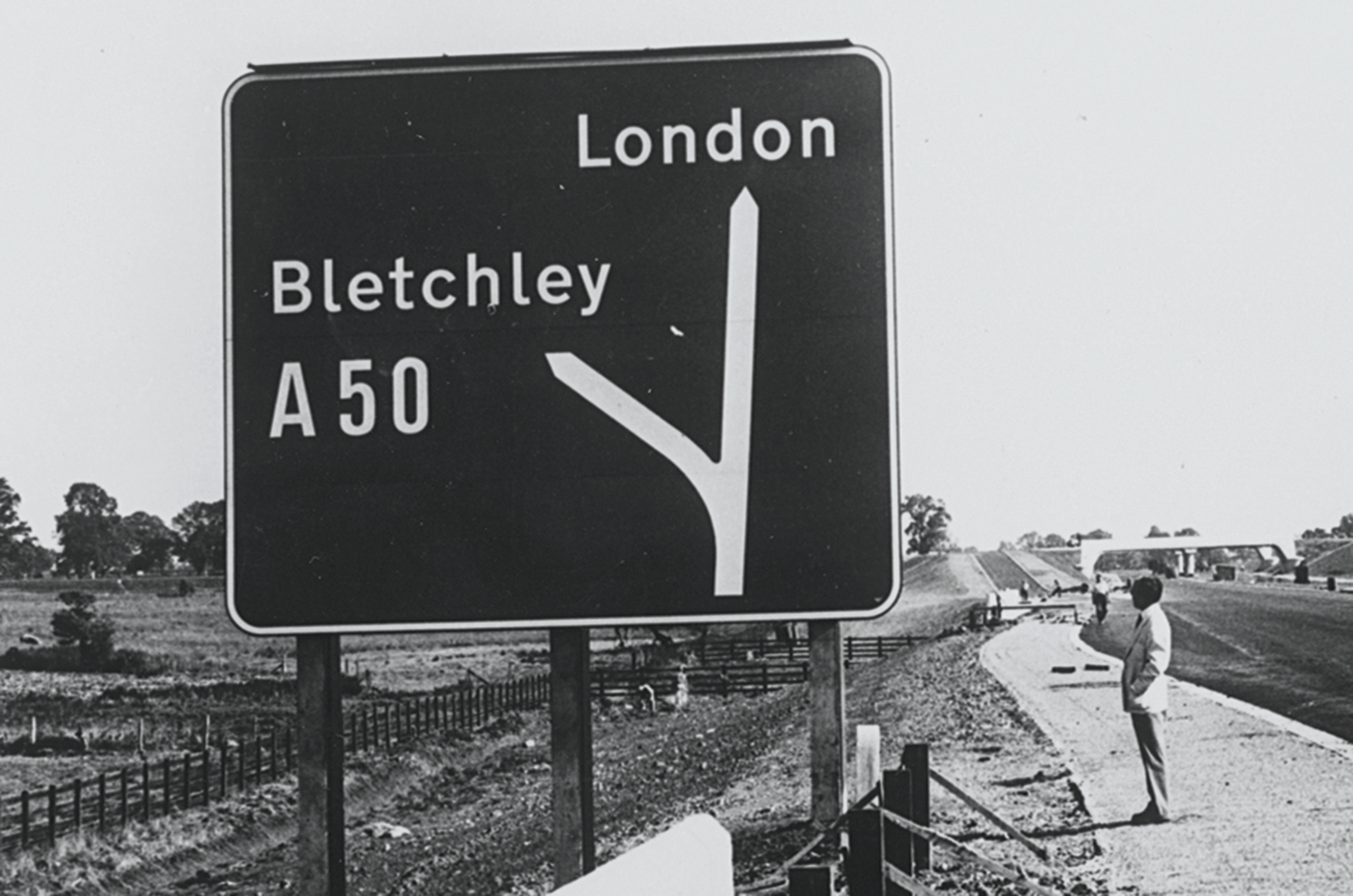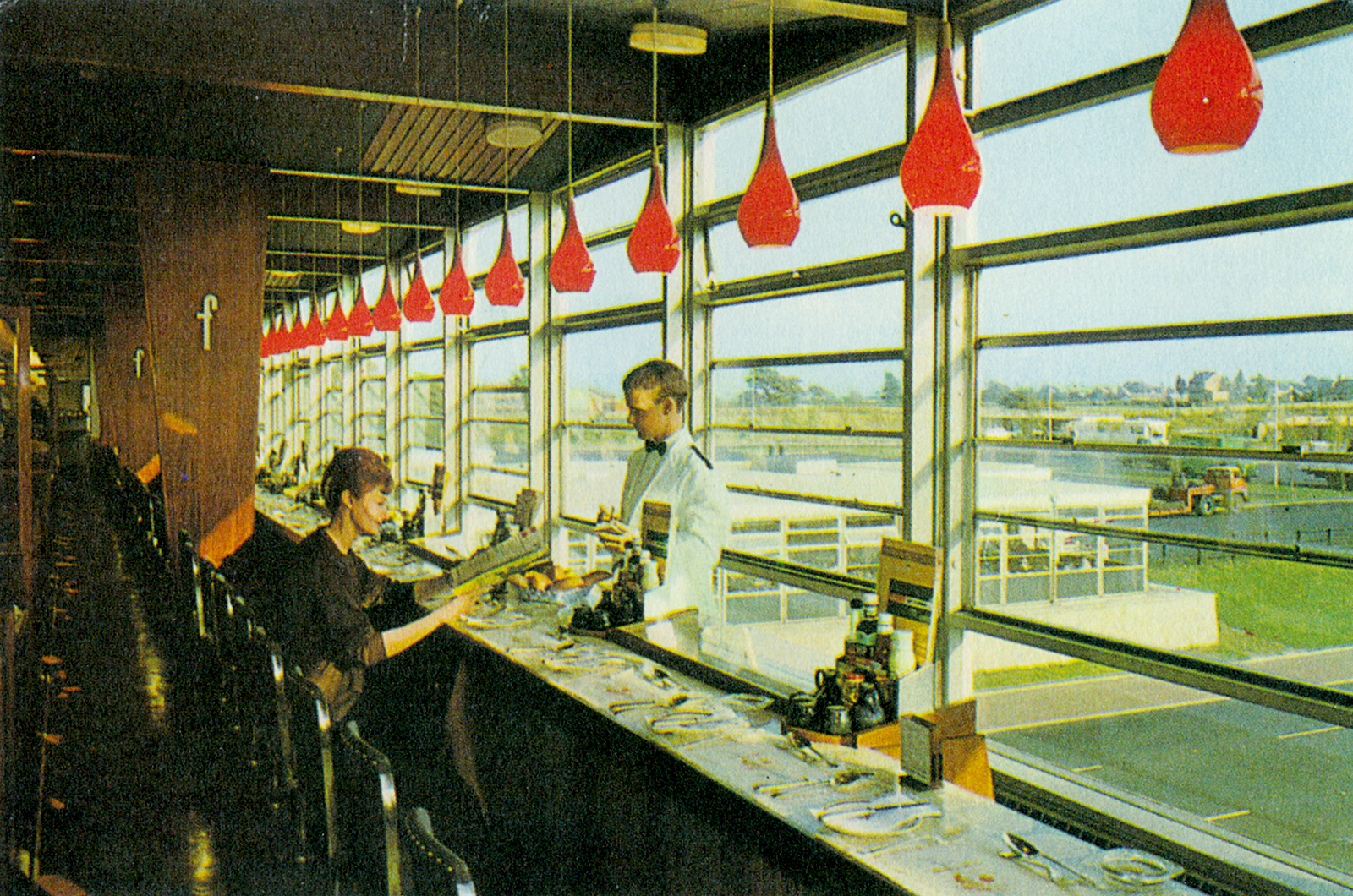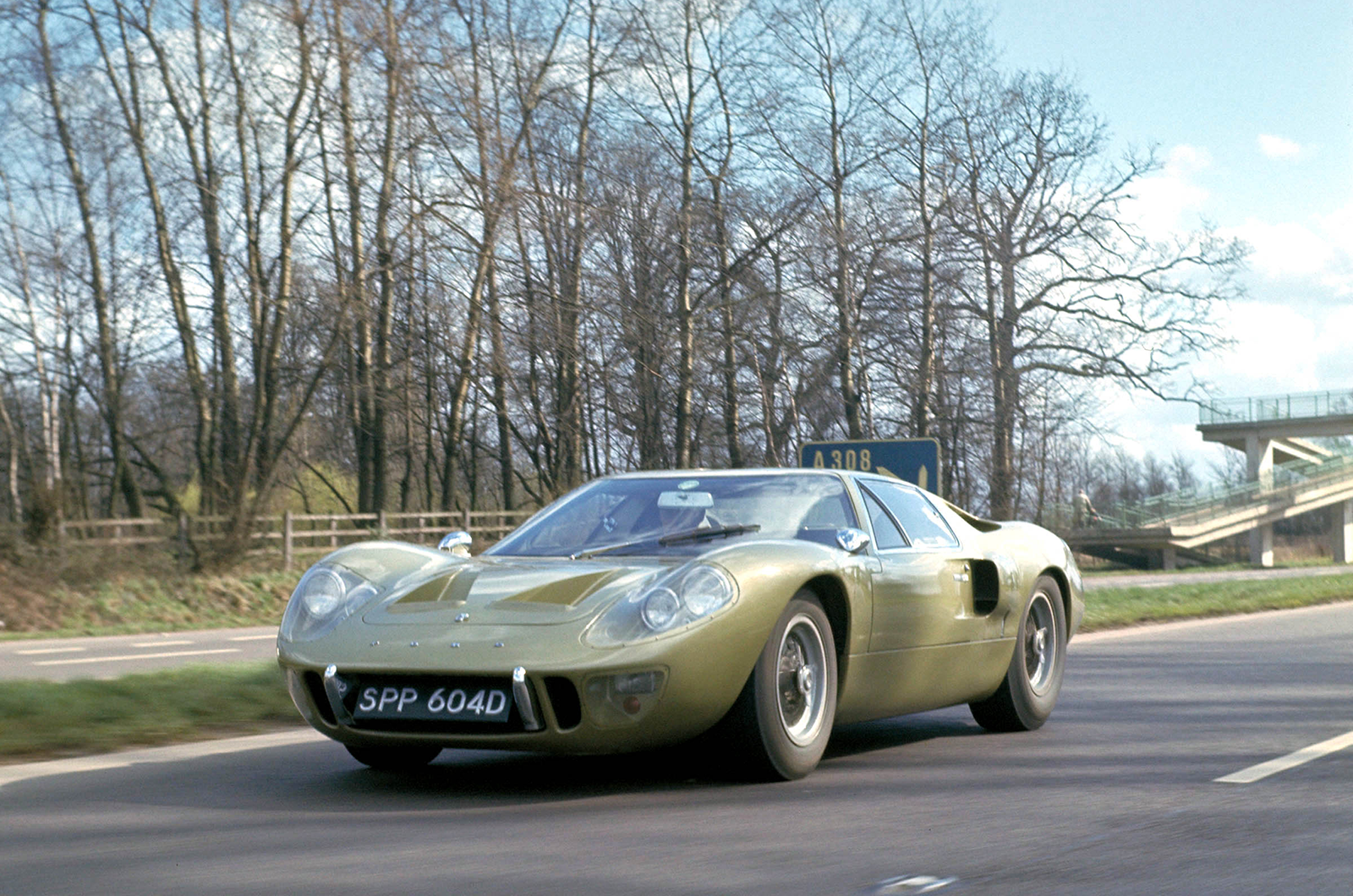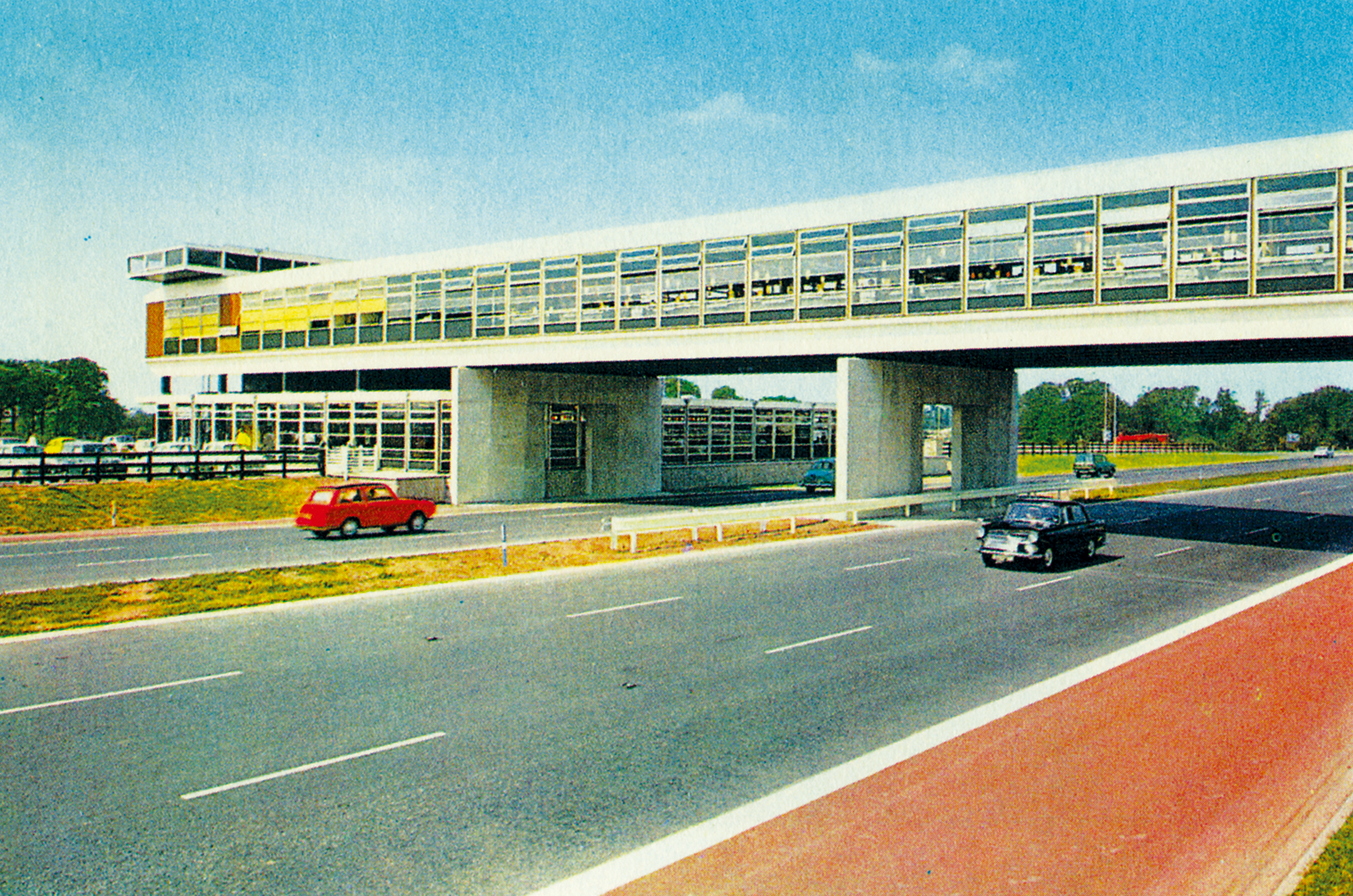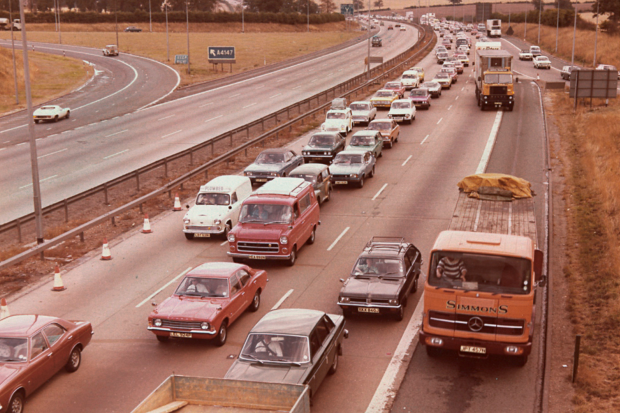
To celebrate 60 years since the M1 opened, Andrew Roberts remembers an exciting innovation for UK motorists and examines its lasting effect on the nation’s transport network
Nineteen seventy seven. The year of the Silver Jubilee, The Professionals and of Britain’s virtual industrial collapse.
That same year singer Roy Harper released the album Bullinamingvase, featuring an entrancing number entitled Watford Gap that celebrated Britain’s first-ever motorway service station on the M1.
The chorus went ‘Watford Gap, Watford Gap, A plate of grease and a load of crap’ and although Blue Boar Ltd successfully sued Harper for libel – on the grounds that it had never knowingly served its customers manure – the song resonated amongst the forlorn lorry drivers and commercial travellers who populated Watford Gap Services in its heyday.
The usual reason for this state of despond was dishes that, while they may have been billed as ‘sausage and chips’, were dead ringers for the original Quatermass Experiment.
Customers faced with such fine food were often to be seen slumped in despair at a Formica table that had never known better days, amid the mixed aromas of stale Woodbines and even staler cooking fat, dreaming of long-gone days when the Watford Gap was still regarded as glamorous.
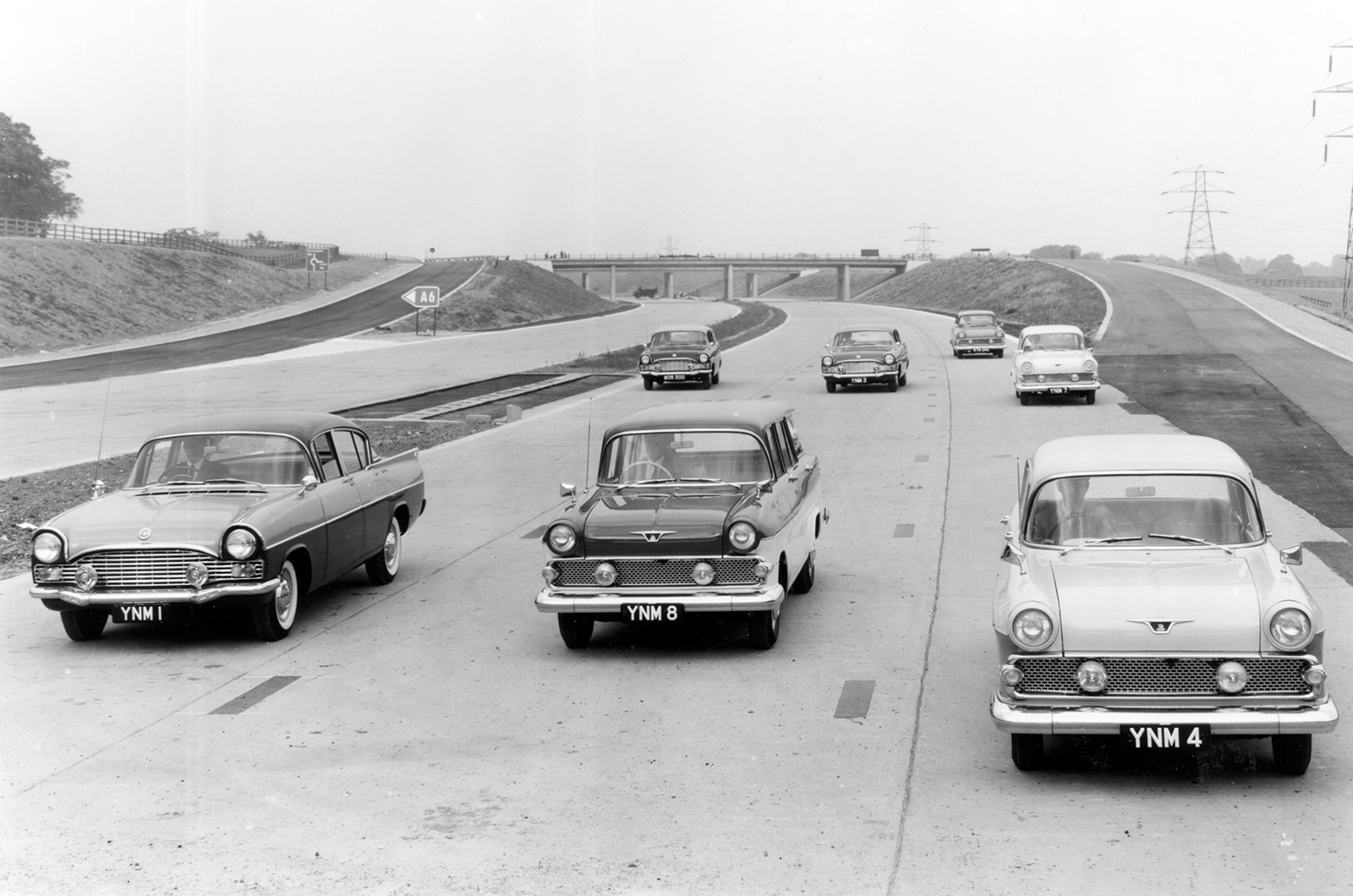
Vauxhall closed the Luton stretch of the M1 for PR shots of its 1959 range

